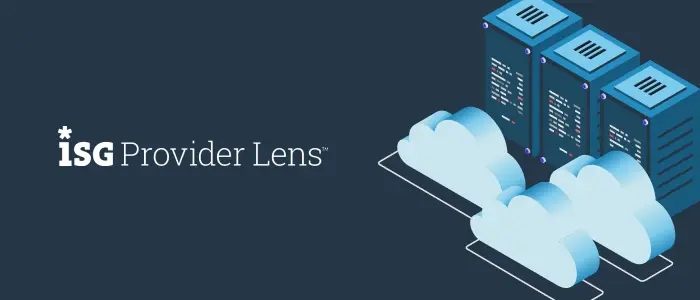
I recently ran across some research on cloud adoption where these statistics caught my eye:
That says to me that now’s a good time to talk more about multi-cloud strategy. Let’s start with two basic definitions.
First, what is multi-cloud?
Simply put, multi-cloud refers to more than one public cloud platform. It differs from hybrid cloud which is a combination of public and private (often third-party) cloud services, and from private cloud which is a cloud within an organization’s datacenter with a private network. It also differs from supercloud, which is something we are hearing more about and which refers to cloud architecture that enables application migration as a service that can run across a single hyperscale cloud or span multiple clouds.
Second, what is multi-cloud strategy?
I’ll turn to Gartner’s definition here: A multi-cloud strategy is the deliberate use of cloud services from multiple public cloud providers for the same general class of IT solutions or workloads ‘ almost always infrastructure as a service (IaaS) or platform as a service (PaaS) but not software as a service (SaaS).
As Gartner goes on to say, many organizations become “accidentally” multi-cloud (through inadequate governance, mergers and acquisitions, or the like), rather than deliberately adopting a multi-cloud strategy.
Being multi-cloud increases management and governance challenges, increases the complexity and cost of IT, and demands greater skills. However, a well-governed multi-cloud strategy can improve access to a breadth of technology choices and innovative best-of-breed capabilities.
Top reasons for choosing a multi-cloud strategy
Moving ahead with a multi-cloud strategy offers compelling benefits that include increased ROI, better security, greater autonomy, lower latency, reduced labor costs, and ease in meeting regulatory requirements. Many organizations implement a multi-cloud strategy for disaster recovery, failover, data sovereignty, migration ease, and cost governance. It’s also a way to help you increase agility and avoid vendor lock-in as well as gain easier access to specialized services.
Why self-service is the first step to mastering multi-cloud strategy (and why Morpheus is the best choice)
Morpheus is a multi-cloud orchestration and automation platform designed to help your organization increase agility and efficiency. Our unified cloud management platform (CMP) brings the cloud experience on premises to platforms such as VMware and Nutanix while also standardizing and governing how your teams access public clouds, including AWS, Azure, and Google Cloud.
At the core of the Morpheus platform is an extremely powerful self-service provisioning engine surrounded by all the capabilities you need to manage the full hybrid IT application lifecycle.
Morpheus is a 100% agnostic cloud management platform for multi-cloud orchestration, unified operations, and self-service automation. Our platform enables cloud control without compromising access to cloud-native tools and services. We offer 80+ native third-party integrations so you can be up and running in under an hour.
To dig deeper into multi-cloud strategy, download our technical paper: 5 Steps to Multi-Cloud Mastery and Continuous DevOps Delivery.
In the white, we sum up our POV this way:
Wherever your organization is on your multi-cloud and DevOps automation journey and whatever your role, Morpheus can provide a platform to help you go further, faster. By linking together all of the tools and technologies in a way that acknowledges the people and process challenges of modernization, you can improve control and agility at the same time.
There is no single product or magic bullet that can make your digital transformation initiative an overnight success, but we believe our agnostic automation and orchestration platform can be a catalyst to help you get there faster and provide the freedom to adapt to an ever-changing cloud landscape more quickly.
To learn more about our unified cloud management platform, request a Morpheus demo today.